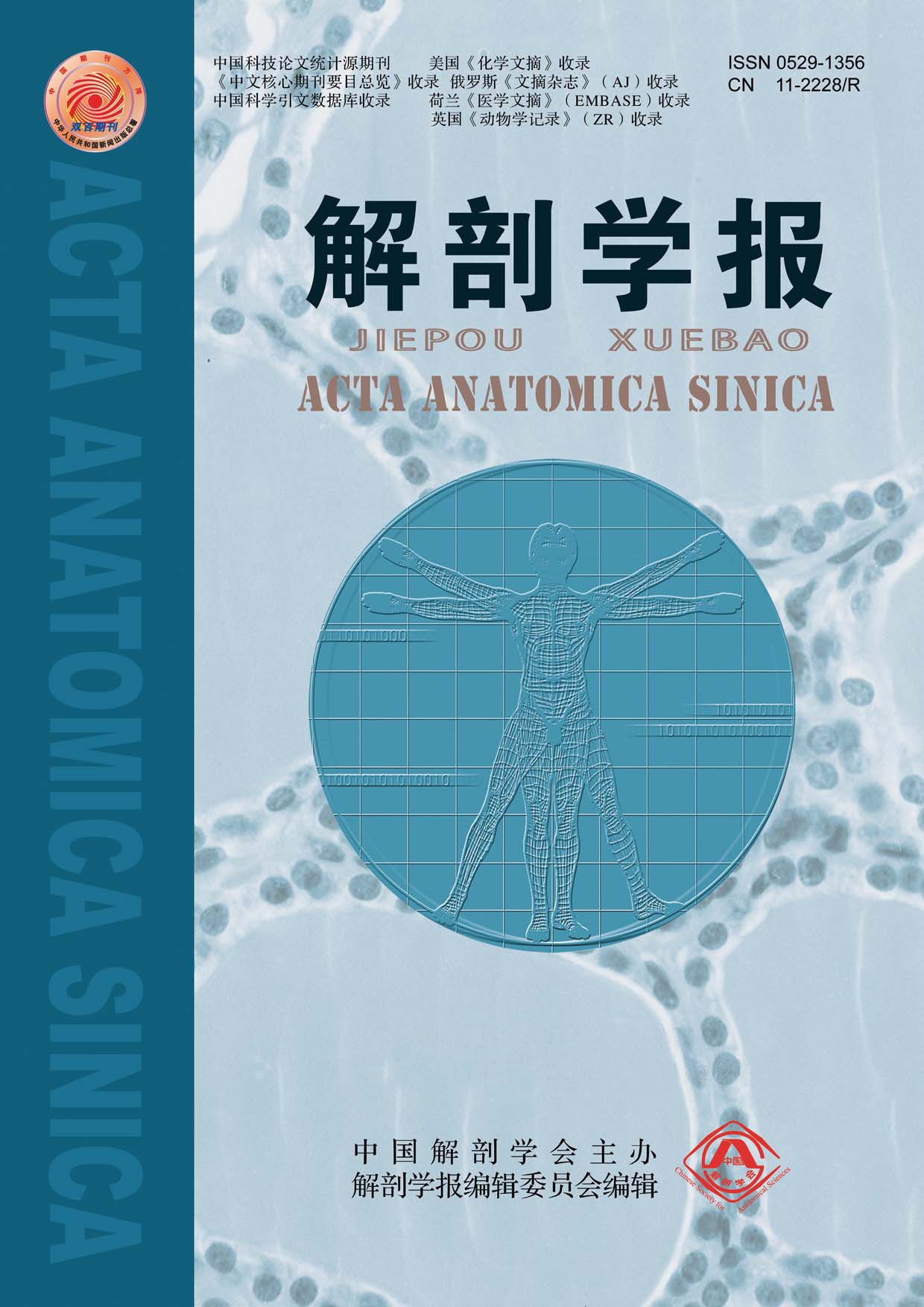Objective To investigate the effect of ginsenoside Rg1 on the thymus structure and function and its relative mechanism. Methods Twenty male SD rats were randomly divided into two groups. Rg1 group rats were injected with Rg1 20mg/kg qd×28days by intraperitoneal way; the control group rats were treated with saline at the same dose and time. After 2 days of the treatment, the weight and index of thymus were measured, paraffin section and HE staining were used to observe the thymus’s microscopic structure and calculate the proportion of the cortex of thymus. SA-β-Gal staining was applied to detect aging thymocytes. The proliferative capacity of thymocyte stimulated by Con A was measured by CCK-8. The cell cycles, apoptosis and reactive oxygen species(ROS) of thymocytes were assayed with flow cytometry. The amounts of tumor necrosis factor-α(TNF-α), granulooyte-macrophage colony stimulating factor(GM-CSF), IL-2, IL-6, advanced glycosylation end products (AGEs)produced by thymocytes were assayed with ELISA. Malondialdehyde (MDA), superoxide dismutase (SOD), proportion of GSH and GSSH were detected by enzymatic assay. The expression of senescence-accosiated protein P53, P21, Rb were detected by Western blotting analysis. Results The injection of ginsenoside Rg1 significantly enhanced the thymic index, the proportion of the cortex of thymus, the proliferative capacity of thymocytes, the ratio of the thymocytes in S stage, the secretory capability of TNF-α, GM-CSF, IL-2 and IL-6, the active content of SOD, and proportion of GSH/GSSG,and decreased the ratio of apoptosis,G1 and G2/M stage, the production of ROS and MDA of the thymocytes. Ginsenoside Rg1 down regulated the expression of P53, P21, Rb. Conclusion Ginsenoside Rg1 can protect the structure of thymus and activate the function of thymocytes. Its mechanism may be that ginsenoside Rg1 can inhibit oxidative stress and down regulate p53/p21/Rb signal pathway.


